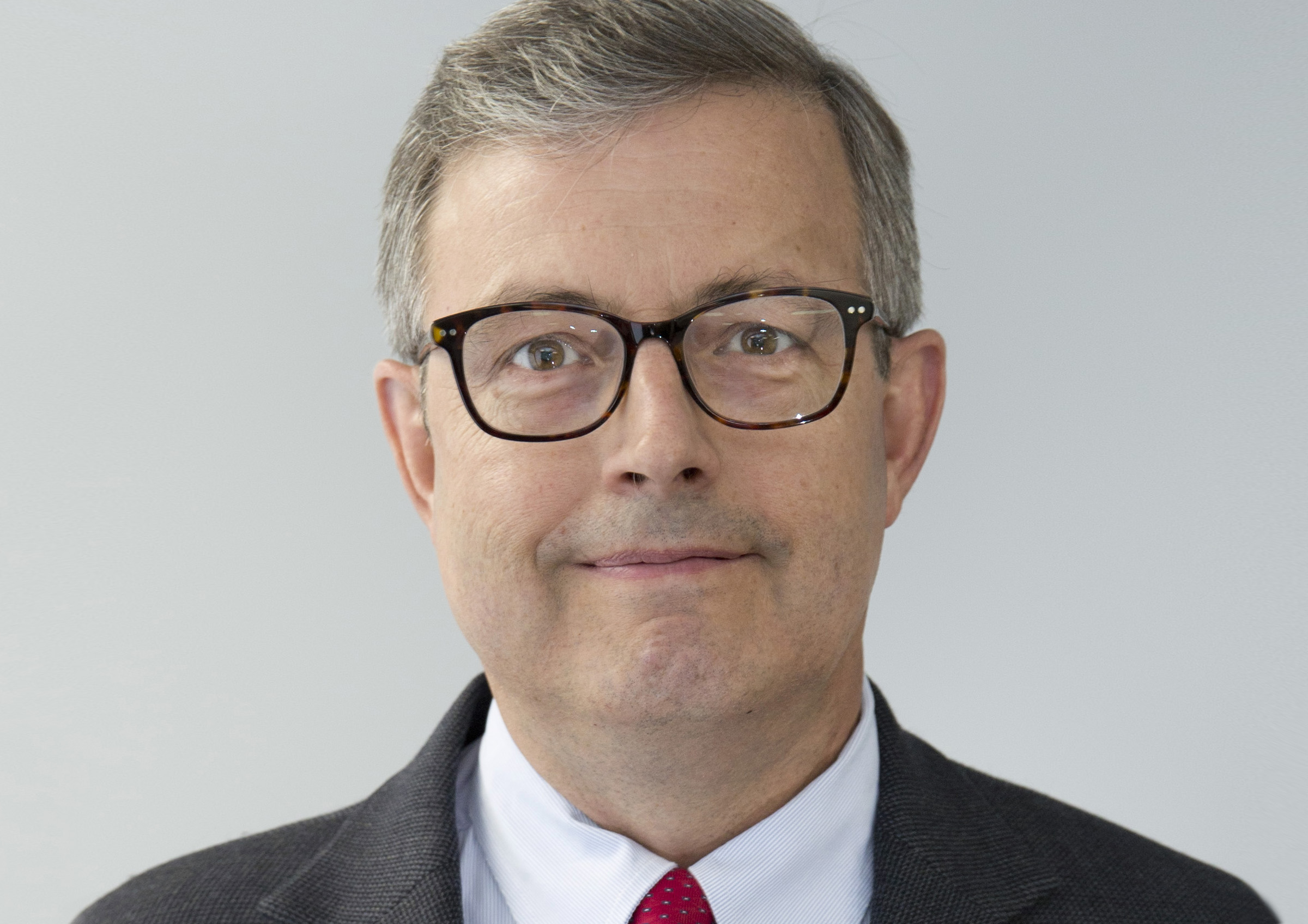At a farewell press conference with the Atlanta media after his appointment as the new archbishop of Washington was announced, Archbishop Wilton Gregory praised the witness of the Latino Catholic community there.
“You have been such a source of energy, and light, for me personally, but also for this large archdiocesan family,” he said, adding, “The Latino presence in the Church in the United States is nothing less than the gift of God to this community and the United States.”
About 40 percent of the Archdiocese of Washington’s 655,000 Catholics are of Hispanic descent, and those 270,000 Hispanic Catholics attend Spanish-language Masses at 38 locations throughout the area.
“The Church represents such an important part of what it means to be Hispanic,” said Claudio Mora, the executive director of the archdiocese’s Office of Cultural Diversity and Outreach.
Mora, who is from Chile, noted that faith can be seen in popular devotions, like participating in pilgrimages, praying the rosary, having religious images in homes, and participating in traditional events like the Posada in the Christmas season, where people portraying Mary and Joseph go from home to home seeking room at the inn for the baby Jesus to be born.
Each December, the archdiocese sponsors the “Walk with Mary,” led by Hispanic Catholics who process along city streets from the Shrine of the Sacred Heart to the Basilica of the National Shrine of the Immaculate Conception, where a Mass is celebrated to honor Our Lady of Guadalupe, the patroness of the Americas.
On Good Friday, area Hispanic Catholics in suburban Maryland join a Via Crucis (“Way of the Cross”) that winds nearly three miles from Our Lady of Sorrows Church in Takoma Park to St. Camillus Church in Silver Spring, with people dramatizing Jesus’s passion at Stations of the Cross along the way.
Washington Auxiliary Bishop Mario Dorsonville – who is a native of Colombia – said Hispanic Catholics’ public acts of proclaiming their faith by going out to the streets and walking with Our Lady or with the Lord Jesus symbolize that “we are pilgrims to heaven, we are immigrants to heaven.” The end goal of that journey, he added, is an encounter with Jesus, by receiving the Eucharist at Mass, or by living a life that leads to being with Christ in heaven for eternity.

The Walk with Mary, he added, also reflects Latino’s respect for the role of mothers and their love, dedication and self-giving, like that shown by Mary who brings her Son Jesus to the world and leads people to Him. “We see it at the manger, we see it at the wedding of Cana, and we see it in such a beautiful way at the cross, and later on, we see it at Pentecost,” the bishop said.
Family life is central to Hispanics’ identity, Mora said, as immediate and extended family members celebrate the sacraments and family milestones like birthdays together. “Everything is celebrated within the family,” he said.
Mora noted that Hispanics living in the archdiocese come from 23 different countries, and while most speak Spanish, some from Central America speak native languages. Hispanics from those different countries have their own traditions, including distinctive cuisine, music and dress, Mora said, adding that they represent various economic and educational levels, but “we find commonalities, we identify with each other.”
Bishop Dorsonville said that in addition to their devotion to faith and family life, Hispanics also often share a sense of joy. And traditionally, the church is central to their lives.
“(At) the main square in every town in Latin America, the church is in the center, because it’s the center of life,” he said.
Mora added, “When we go to a different country, the first thing we do is find a Catholic church. We need that sense of community, and that is provided by the Catholic Church.”
The bishop said that centrality shows “why it’s important for us to be an open door Church to them, not only by helping them in their needs, but by embracing them in their faith.”
The Shrine of the Sacred Heart, located in the heart of the Mount Pleasant and Columbia Heights neighborhood in Washington, D.C., has been central to the lives of generations of Hispanic immigrants, including many from El Salvador. Sacred Heart School offers a bilingual education program to children in English and Spanish, and the Spanish Catholic Center in the neighborhood offers a range of services, including medical and dental care, employment training in the construction trades, job referrals, and food distribution to immigrants.
Bishop Dorsonville, who earlier served as the director of the Spanish Catholic Center before being ordained as an auxiliary bishop in 2015, said the center’s efforts, and Catholic Charities’ parish-based outreach programs, offer essential outreach to immigrants, accompanying them in a spirit of solidarity while also linking them with a community of faith where they can encounter Christ.
That encounter formed the impetus for last year’s national fifth Encuentro gathering, where Hispanic Catholics took up Pope Francis’s call to be missionary disciples, going forth to share their faith, and emphasized the importance of religious formation, supporting youth and family life, and accompanying and advocating for immigrants.
“The biggest achievement for Encuentro, not only for us in the archdiocese (but also) in the United States, was to find out we are not by ourselves in the journey of our faith,” Bishop Dorsonville said.







